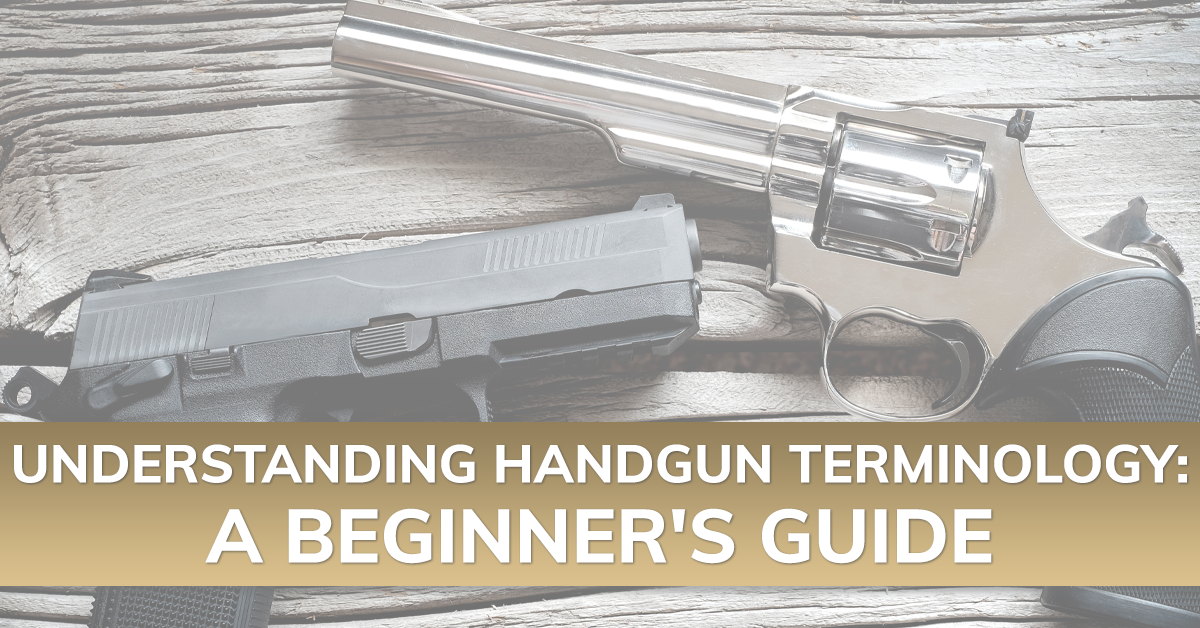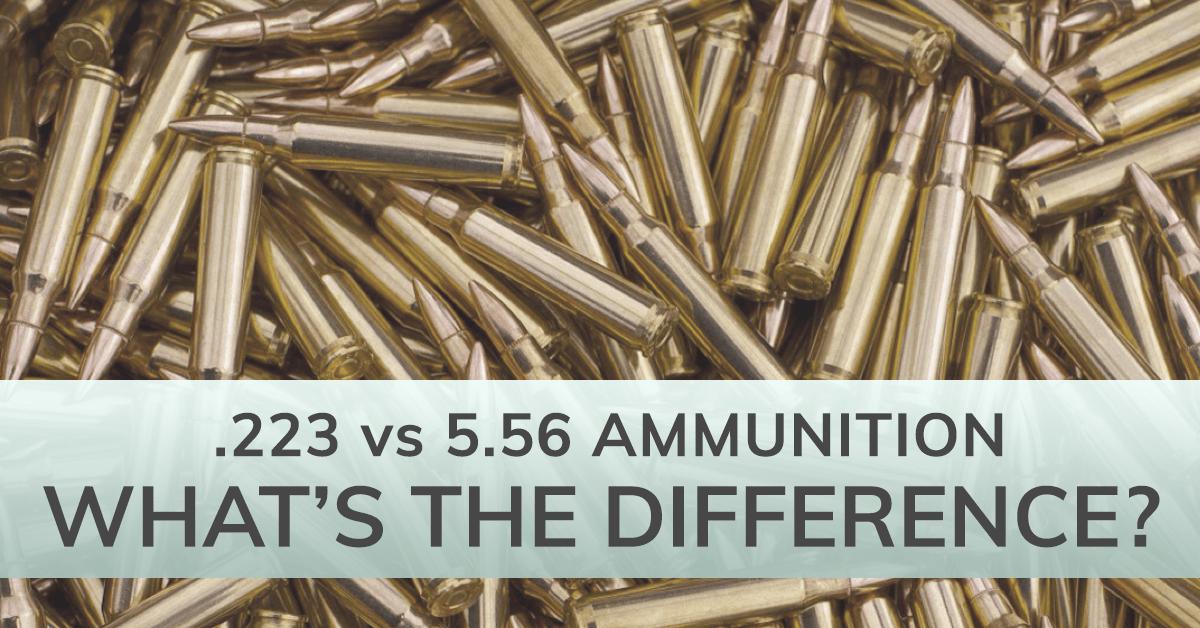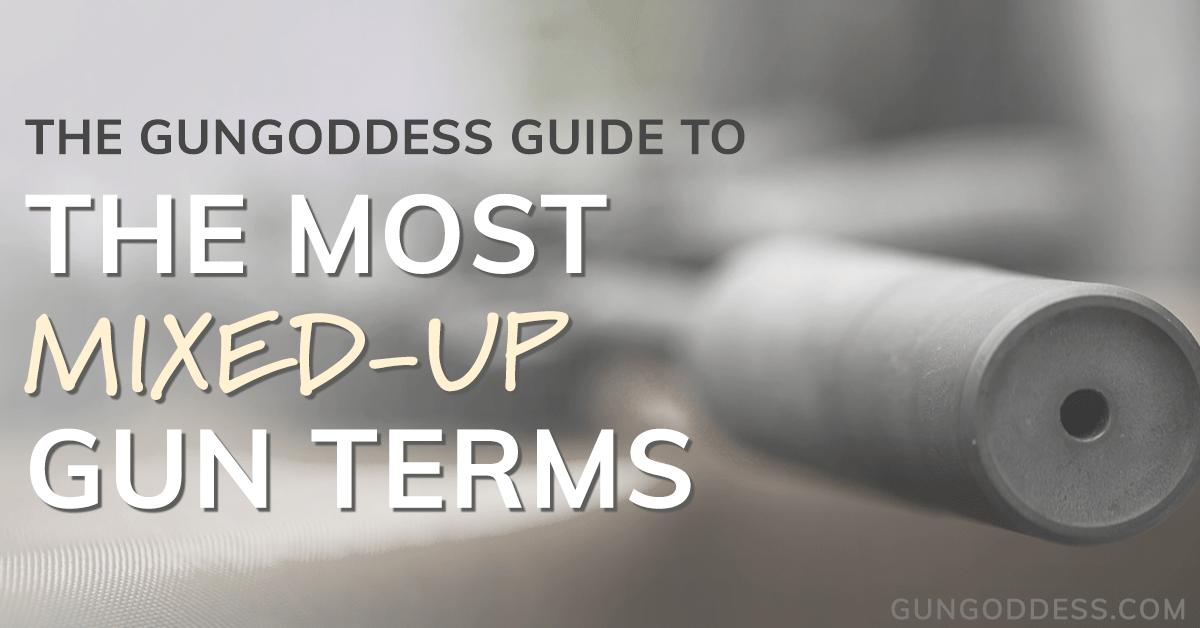Orders Over $100 Ship FREE (USA)!
Orders Over $100 Ship FREE (USA)!
CONCEALED CARRY
(Apparel with holster pockets or concealed-carry features)
PARTS & GEAR
RANGE STYLE
Gift shopping & not sure about size or style? Give a gift card instead!
GIFT IDEAS
EXPLORE
BFCM Sale 20% Off every item! EXTENDED
Black Friday & Cyber Monday EXTENDED: Indulge in Luxury, Pay Less.
Handgun Ammunition: The Basics
4 min read
Whether you're practicing at the range, competing, or carrying for self-defense, choosing the right type of ammunition can have a huge impact on your overall experience. Different ammo types have varying levels of accuracy, recoil, and stopping power, so it’s important to select the appropriate type for your intended use.
With so many different types of handgun ammo available, it can be overwhelming to know where to start. Here's a breakdown of the most popular types, along with their most common applications.
Caliber and cartridge basics
Before diving into the most popular types of handgun ammunition, let's clarify the difference between caliber and cartridge. Caliber refers to the diameter of the bullet, which is measured in either inches or millimeters. For instance, 9mm Luger (also called Parabellum) ammo has a bullet that’s 9 millimeters at its widest point.
A cartridge refers to a completely assembled round of ammunition, including all of its components. That includes the case (usually made from brass), bullet, powder, and primer. The bullet itself is typically made of lead or a lead-core encased in a jacket made of copper or other metals. Primers are small metal cups that contain impact-sensitive explosive materials that ignite powder when struck by the firing pin. The combustible powder in the case produces expanding gasses when ignited by the primer, propelling the bullet out of the barrel.
Hollow Point Ammunition
Jacketed hollow point ammunition (JHP) includes a bullet with a hollowed-out tip, causing the bullet to expand or mushroom upon impact. That expansion transfers a lot of kinetic energy to the target (you may hear this called “stopping power”), which can create a large wound channel and reduce the chance of over penetrating your intended target.
This design makes it ideal for self-defense purposes, which is why they’re most commonly used for personal protection. The main disadvantage of hollow points is their cost – they’re much more expensive than regular practice ammo. With so many advantages for self-defense, it's well worth the extra expense.
It's important to note that certain states regulate the sale or possession of hollow points under certain circumstances. Make sure to check your state's laws to ensure that it’s legal before you purchase it. If you’re carrying concealed or plan to travel with your firearm, this is especially important.
Full Metal Jacket Ammunition
Full-metal jacket (FMJ) ammunition is what you’re probably using now. The bullet is made up of a soft core, usually lead, wrapped in a harder metal casing. It’s a popular choice for training and target practice, since it’s typically less expensive than other types of ammunition, such as hollow-point or other personal defense ammunition. This makes it a great choice for high-volume shooting sessions, because you can get more rounds for your money.
The metal casing that completely encases the bullet helps to facilitate reliable feeding, which helps minimize the risk of malfunctions. Additionally, the casing helps reduce the amount of lead that can be deposited in the barrel of the firearm after firing. Fouling is reduced and cleaning is easier, which can extend the life of your gun.
FMJ ammo is not typically recommended for self-defense. The jacket encasing the bullet's soft core keeps it from mushrooming upon impact, which means there’s a real risk of overpenetration. While FMJ ammo can certainly help protect you in a self-defense scenario, that lack of expansion can make it less effective at stopping an attacker quickly. It’s generally recommended to use ammunition specifically designed for self-defense situations, rather than relying on FMJ ammo.
Frangible Ammunition
Frangible ammunition is a type of ammo you may not have heard of, but you should understand what it is and why it exists. It’s made with a type of bullet that is designed to disintegrate or break apart upon impact with a hard surface. Frangible ammo is mainly used for close-quarters training, making it popular with law enforcement. If you ever take a training course that includes a shoot house, you may be required to use frangible ammo for that part of the class.
Wadcutter and Semi-Wadcutter Ammunition
You probably won’t see much about wadcutters unless you’re into target shooting, but they’re worth a mention. This is ammo made with bullets that are flat on the end, rather than pointed like most other bullets. Wadcutters are typically used in competitions and target shooting, where accuracy is critical. They’re designed to leave a clean hole in paper targets, making it easier to score your shots. Wadcutters also tend to be low-recoil rounds, making them a little easier to shoot accurately.
Choosing the right handgun ammunition is a critical part of enjoying a safe and fun shooting experience. Take some time to research the different types of ammo that are available for your firearm to make sure you're selecting the right cartridge and caliber. Making sure you choose the best ammo for your needs can make your range time more enjoyable and ensure that you’re protecting yourself as effectively as possible.
Also in Getting Started: How Guns and Ammunition Work

Understanding Handgun Terminology: A Beginner's Guide
4 min read

.223 vs. 5.56 Ammunition - What's the Difference?
3 min read

The GunGoddess Guide to The Most Mixed-Up Gun Terms
3 min read

